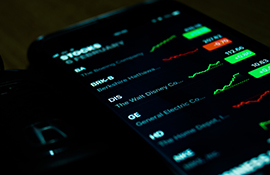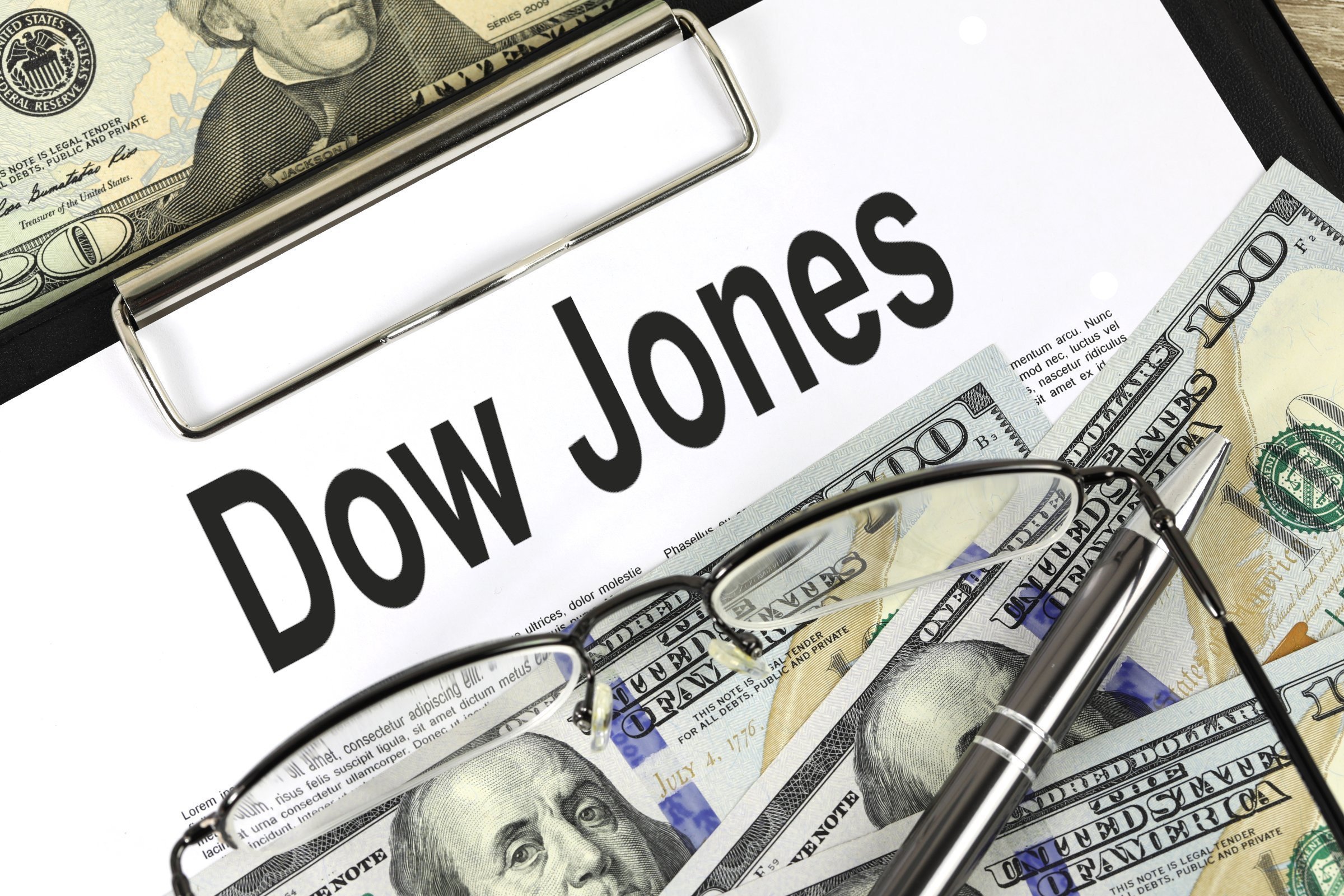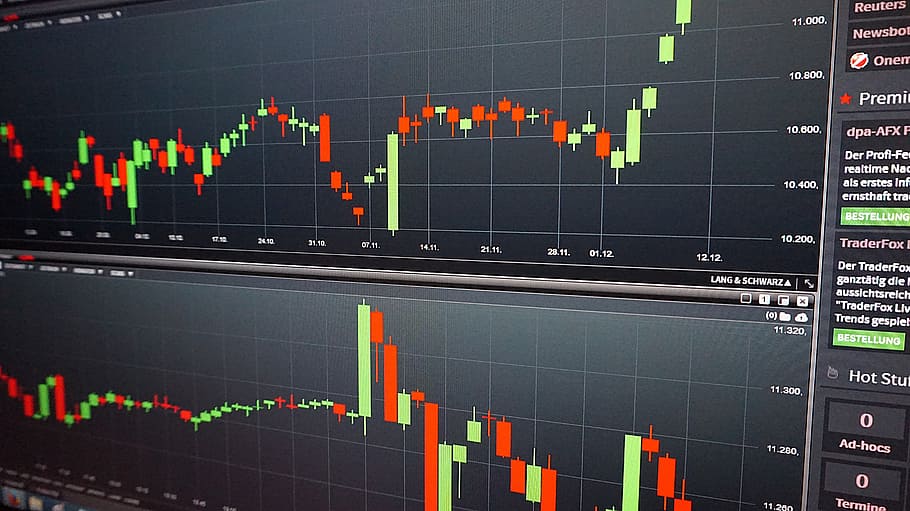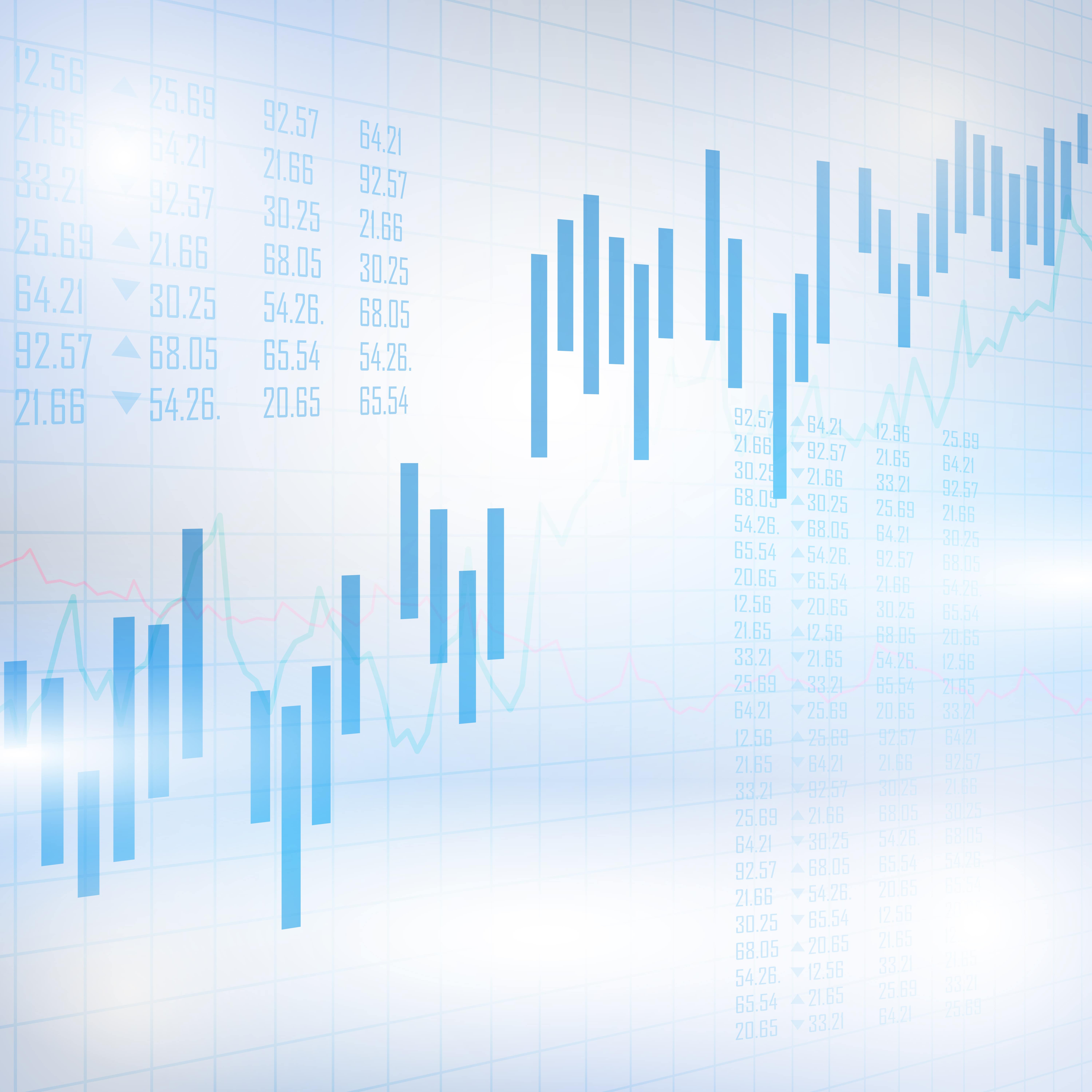What is The Dow 30?
Different indices measure the performance of US companies. For example, the Dow Jones 30 Industrial Average, short for DOW30, tracks the performance of 30 large companies in the US. In addition, the Dow Jones Stock Exchange industry index is one of the most crucial stock indices of the USA. It is also known to include the thirty most significant companies. It was first published on May 26, 1896. In addition, the index started counting at 40.94. In this article, we will provide information about the Dow Jones Industrial Average (DJIA), commonly referred to as the Dow 30 index, to address any questions you may have.
Dow 30
Dow Jones is an index of the 30 largest companies in the world traded on the New York Stock Exchange. We can list the leading stocks in the Dow Jones index: Microsoft, JP Morgan, Citigroup, IBM, MC Donalds, Verizon, WalMart, Visa, and Nike.
Dow Jones is written as the English Dow Jones Industrial Average, abbreviation DJIA. In addition to being the most extensive index in the world, Dow Jones is also one of the most popular indices.
How To Trade Dow 30
Indices are the most popular fundamentals in trading, and the oldest of these is the Dow Jones. Trading the Dow Jones (DJIA or DJI30) means changing a liquid index that brings together the world's largest companies and offers a very high degree of volatility in the short term and, therefore, rich in earning opportunities. In addition, the details of Dow 30 trading are as follows:
- You can trade Dow Jones in various forms (CFDs, Futures, Options, Dow Jones stocks, etc.)
- Open a trading account and deposit your capital.
- Choose a strategy for trading Dow Jones (day trading, swing trading, scalping, etc.)
- Install technical analysis tools, especially charts of Dow Jones' development over various periods.
- Also, do fundamental analysis, especially the evolution of stocks integrated into the Dow Jones, figures for the United States economy (unemployment and growth), and monetary policy announcements.
- Open a position in Dow Jones according to the analysis.
- Monitor your position and close it at the appropriate time or define automatic Dow Jones trading parameters (stop loss, take profit).
30 Stocks of The Dow
There are many strategies developed for Dow 30 stocks. These are as follows:
Dow Jones day trading
This strategy will consist of Dow Jones trading derivatives with short positions. The position should be opened and closed on the same day. The Dow Jones is quoted with points with high volatility (with a base of 000 points over the last 20 years) due to many factors that could affect it. Therefore, it is an ideal asset for day trading, with many opportunities during a session.
Dow Jones swing trading
Swing trading is about identifying and profiting from Dow Jones trends through open positions. This strategy is effective on the Dow Jones because it is a very liquid security with trading data for a very long period.
Dow Jones scalp peel
To use this strategy, one must be very reactive because Dow Jones consists of many concise positions (a horizon within minutes or even seconds). Therefore, scaling Dow Jones requires experience and solid risk management skills.
To avoid missing out on opportunities resulting from significant developments in the Forex market, it's important to stay engaged and informed. ALB offers a plethora of information on its social media accounts and website, enabling you to acquire knowledge about trading with or without leverage and make well-informed investment decisions. Don't miss out on the chance to invest in your future - follow us to learn everything you need to know about the Forex market.














